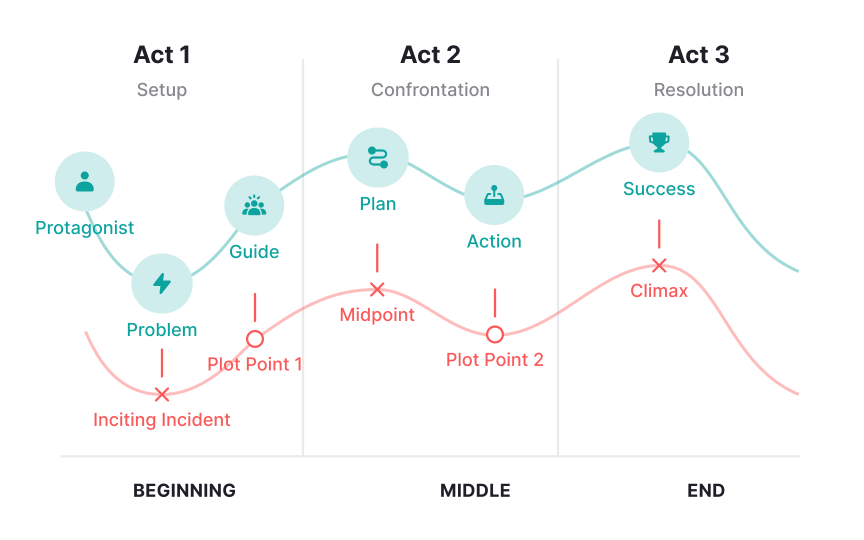Storytelling with product narratives
Product stories turn features and data into memorable narratives that inspire action. Good stories work differently for different groups. They attract users by creating emotional connections beyond feature lists. They convince stakeholders by connecting user needs to business goals. They motivate teams by showing how daily work creates meaningful impact. Stories work because our brains naturally respond to tales about people solving problems. The best stories mix data with emotion:
- Start with real users facing a specific problem.
- Show why current solutions don't work well.
- Then describe how your product transforms their experience.
- Use visual tools to make stories stronger. Include recordings, storyboards, and diagrams, not just charts.[1]
Companies like Airbnb and Figma use customer stories throughout their organizations. Every team member helps with customer support, keeping everyone connected to user needs. Stories become ongoing conversations, not single presentations. Keep narratives simple and repeat core messages until everyone remembers them. Turn everything into mini-stories, from sprint planning to bug fixes. This keeps narrative thinking alive in all product work.
Pro Tip: Test your narrative by telling it without mentioning features, focusing only on outcomes.

